One of the hottest topics I cover in my online coaching program is increasing power to your badminton smash.
Wherever I travel to coach, there are always two major questions I’m asked
- How to improve the backhand
- How to get more power in the smash
There are a number of simple adjustments you can make that will help you increase power and improve your accuracy in the smash, so let’s get started…
Let’s Begin With Your Feet!
Why your feet? Simple. If you haven’t the speed to get behind the shuttle before you hit it, then there is no way you are going to hit a good powerful accurate smash. You need to be behind the shuttle so your bodyweight is ready to move in the direction of your smash. Adding your bodyweight to the smash provides more power.
How far behind the shuttle should you stand? Ideally, you need to be far enough that the shuttle would land slightly ahead of your non racket leg, but in alignment with your racket shoulder.
Exercise 1
You need to test whether you are moving fast enough to get behind the shuttle. Stand on the front service line and ask your feeder to lift the shuttle towards the back line. Now, with your racket in your hand, try to beat the shuttle. But, you mustn’t hit the shuttle! Instead, allow it to hit the floor and note the position it lands in relation to your body.
Where is the shuttle? Is it sufficiently in front of your body that you can hit it down, allowing your bodyweight to move forward? If not, you’ve just discovered one key element you need to improve that will add more power to your smash.
So try again, and this time move faster, going beyond where you would normally stop. Test again. Any better? If so, repeat this exercise until you are comfortable that you’ve got it right.
Finally, test again by moving back and this time hit the shuttle. Work it and it’s likely the first few shots will fall into the net!
Grip
There are so many club and league players I’ve seen that seem to move and hit with excessive tension in their bodies. This tension is caused by pressure getting to the shuttle on time, frustration from wanting to hit the shuttle better or score more points and most likely a host of minor reasons that are causing a major issue.
When the body is tense, it is unable to perform anywhere near its optimum capability. A tense body cannot move as fast, hit as fast or as powerfully as one that is free from tension. Think about it. If you were to go onto court to play against a player you know you can easily beat, why is it your shots are so much better and you appear to move so much faster? Yes, you’re not under pressure and therefore playing with a sense of freedom – freedom from tension.
One of the major adjustments I ask of most players is the way in which they grip their racket. I’m not talking about correct forehand or backhand grips here, although that does feature high on my list.
In this article I’m talking about the strength of your grip. If you grip your racket too tight, then your muscles are constantly under tension. This does not allow them to flow and carry out you instructions to move in a certain way in order to hit the shuttle. They are almost fighting to move in the right sequence.
A tight grip then restricts the amount of power available to these muscles, which only leads to a poor result and disappointment for the player. If you consistently grip the shuttle too tight, then you’re running the risk of injuring your elbow. Tennis or golfers elbow is extremely painful and is frequently caused by your grip being too tight, or your racket grip being too small for the size of your hand.
Exercise 2
Go on court and hit shuttles with a very relaxed grip. Grip the racket firm enough that it won’t slip out of your hand – you don’t want to see the whites of your knuckles or you’re gripping too tight! Play a few overhead shots and the second before your racket connects with the shuttle, squeeze a little tighter.
I expect you’ll find that you’re hitting the shuttle harder as your racket can accelerate quicker towards the shuttle without the tension to apply the brakes.
Your backswing can make all the difference
Looking back over the last 30 years or so, preparation for an overhead shot has changed. This is mainly due to the significant improvements in racket technology. No longer are we playing with steel framed rackets, weighing considerably more than the average 85g in todays rackets. The lightweight, one-piece carbon construction has meant that you can now prepare and hit in a second. There’s no need for a long backswing – an almost tennis-like serve in order to hit an overhead shot in badminton.
What I do see so often is almost a “corkscrew” action whereby the racket is moved with the shoulder turn. So why is this wrong?
Whenever you move a muscle, or series of muscles, they always want to return to a neutral position i.e. go back to where they started from.
A corkscrew action therefore usually creates a reverse action. This means that instead of the racket being thrown in a direct line at the shuttle, it’s almost moving across the path of the shuttle. Catch the shuttle at precisely the right point and you may hit a good smash.
But, this method is extremely unpredictable and inaccurate too.
Exercise 3
Stand in a space with sufficient clearance around you to swing your racket. From a defensive stance, place your non racket hand onto the front of your shoulder to feel the muscles move.
Now, with your non-racket hand still on your shoulder, prepare to hit an overhead and feel which way your arm and shoulder are moving. Got it? Now play the shot and pay attention to the follow through and where your racket finishes.
Do the same exercise again, but this time lift your racket straight over your shoulder as though you are scratching your back. Your elbow should be pointing virtually upright. Can you feel a difference? If you can, that suggests you’re more likely to be using a corkscrew action in your preparation.
If you didn’t feel a difference, turn your shoulders as though you are going to hit the shuttle. Your racket will move to its usual position.
When you throw the racket from here, watch the line of the racket. Is it going out in direct line to where you want to hit the shuttle, or is it falling across your body towards your non-racket leg?
If your racket is going in a straight line then you’ve got great technique and chances are you’re already hitting the shuttle pretty hard. Focus on exercises 1 and 2 to see if you can improve in these areas.
If your racket is somewhere near your non-racket foot, then you may find that you hit stronger and more consistently cross court than you do straight. If you do, then the corkscrew action is a cause. Also, you may find that you pull most of your round-the-head shots out of court.
Quick Summary
OK, we’ve covered some basic ground here, but from what I continue to see in clubs, a huge percentage of players can improve the power of their badminton smashes by improving in one, two or all three of these key areas.
Have some fun testing these exercises out, and hopefully you’ll find the one area where you quickly find a little more focus makes a huge difference in the result of your smash.
This article is not meant to be a complete checklist of ways to improve the power of your badminton smash. I’ve chosen my “big three” because they are relatively easy for you to check for yourself when you haven’t the luxury of working with a coach.




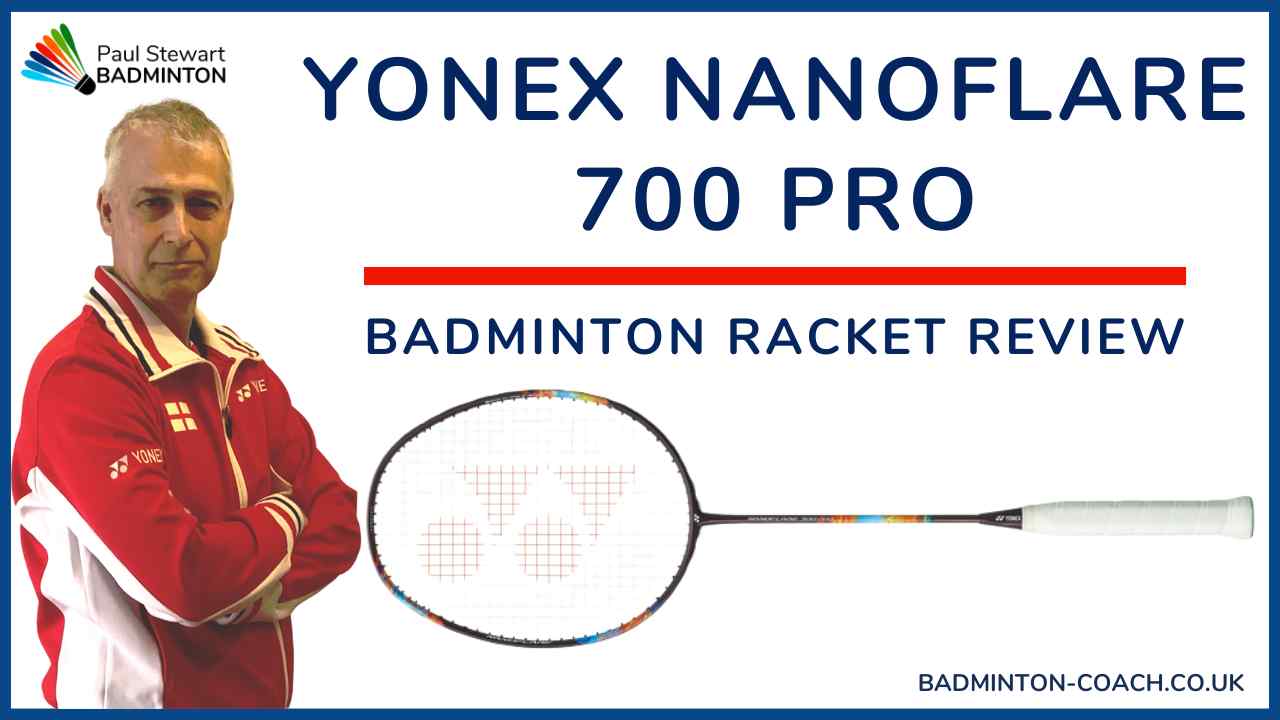

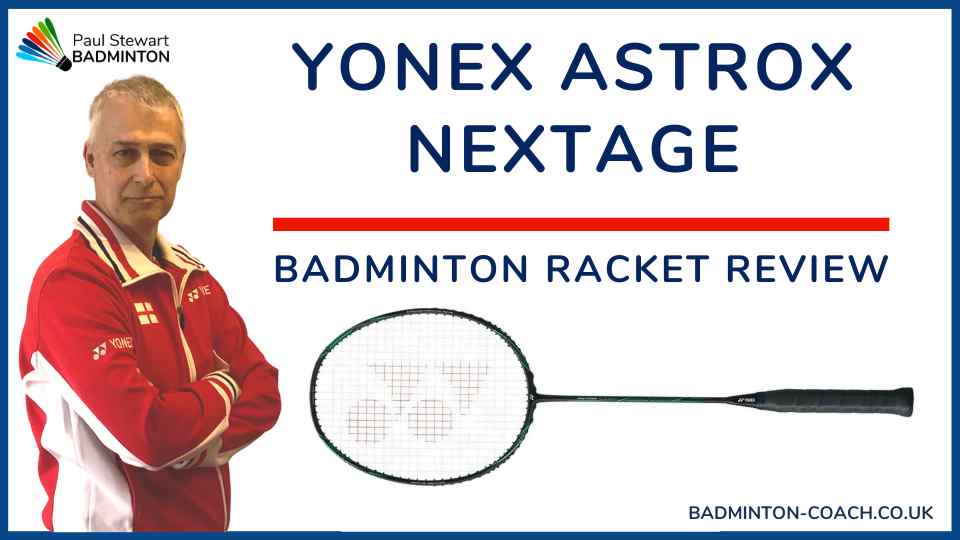

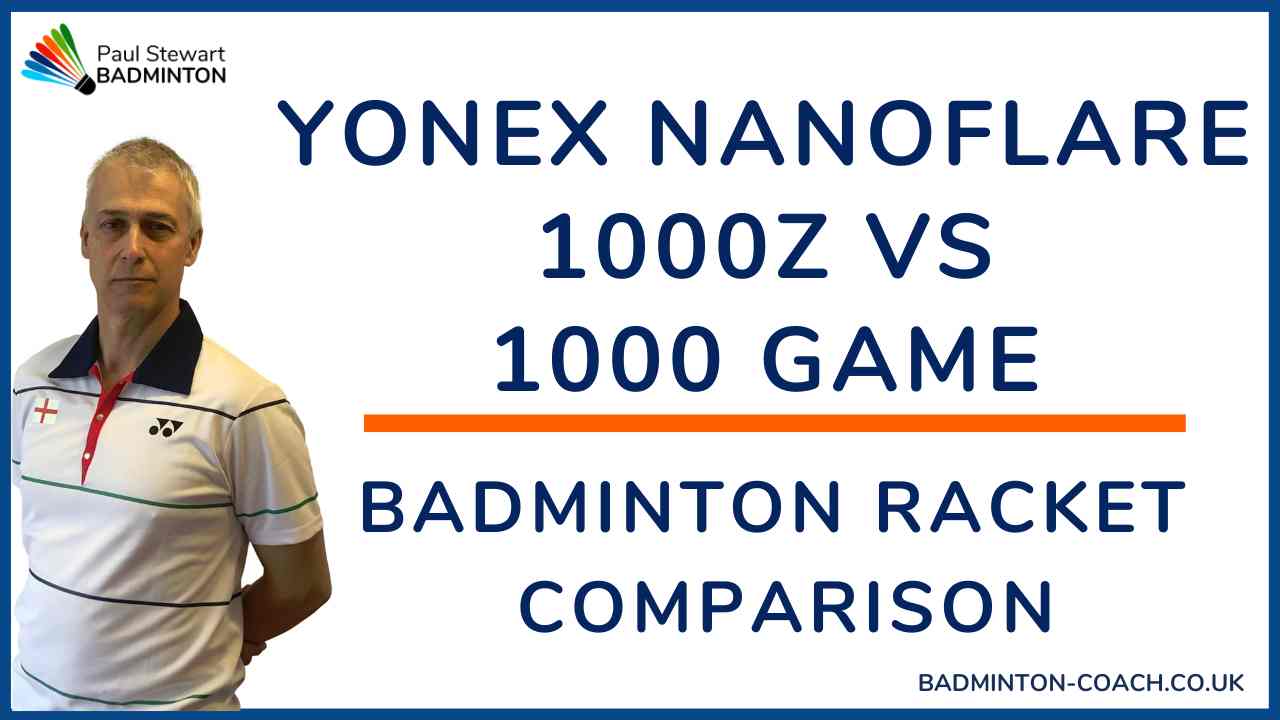
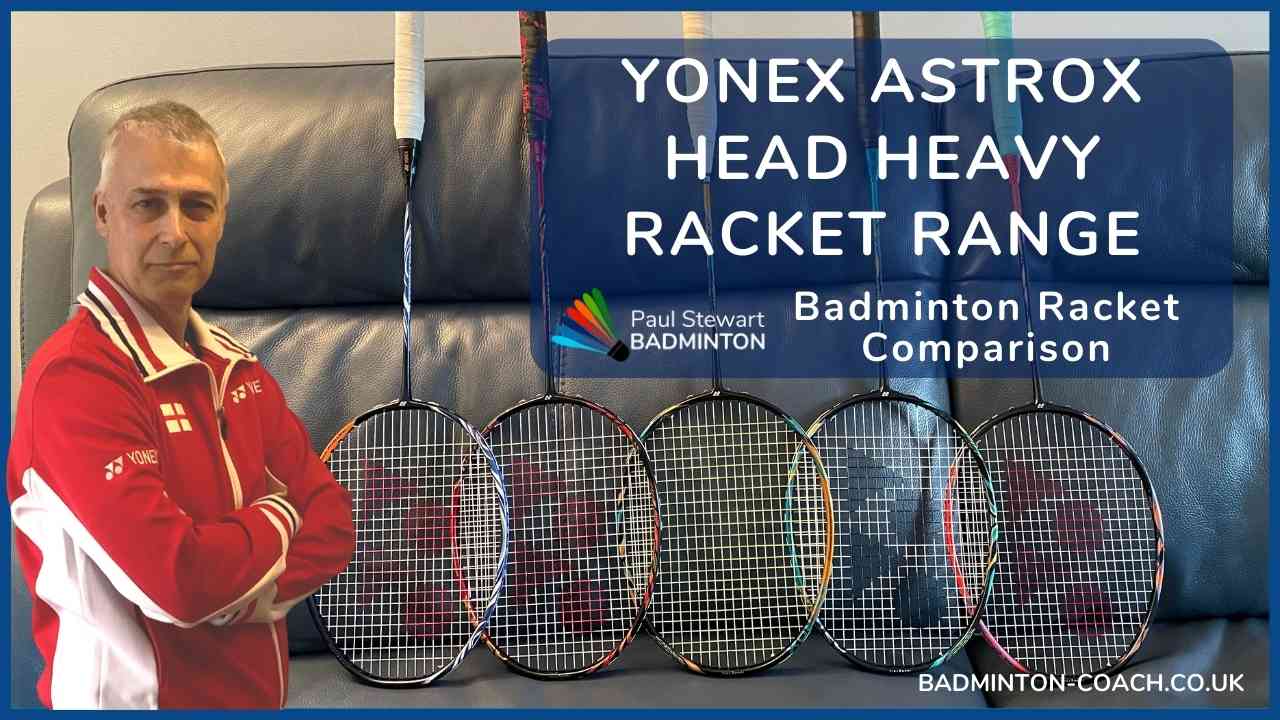

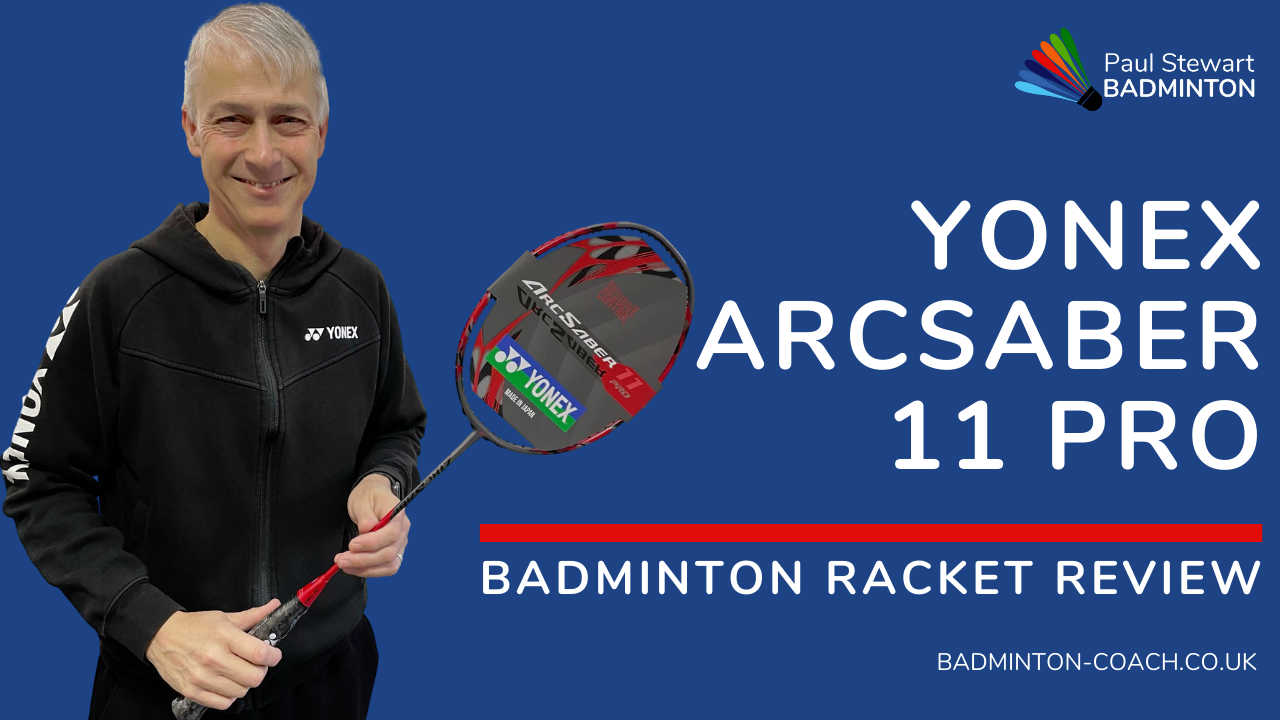

Thanks for this amazing info, I hope this will help me a lot to improve my game. Keep up the good work.
Hi!
We are India’s leading test preparation website. Coming Sunday we are going to have a badminton match among team members. How should we practice drop shots in the least possible time. Do provide us with your suggestions.
Regards,
Team Smartkeeda
India’s no 1 website for Test Preparation!
Hi team Smartkeeda
I’m sorry I could not respond in time for your match.
There are so many different options for practicing drop shots. I would have a feeder lifting from mid-court and then they have to step into the forecourt to return your drop with a lift. This gives them good practice. The player hitting the drop shot can also start from mid-court so they are having some movement practice in addition to hitting the drop. Be careful in exercises like this that the player looks as though they can hit a power shot like the clear or smash otherwise they will develop a lazy drop shot technique.
Good luck in your matches this season
Hey Paul,
My coach is Lee Jae Bok and it seems that the 2 ways to smash are different. Yours is to have the racquet do the corkscrew action and he said that I shouldn’t bring the racquet behind me to do the smash to save time when I am going to hit the shuttle. Is this something that only I can decide or is there any specific way to hit the shuttle? Other than this, the article was written well and really helped me with my smash.
Many thanks,
Kenny
Kenny
I actually teach what Lee Jae Bok does regards the smash. The video and article have been misread so many times it is likely I will remove it very soon. The idea was to stop players using a cork screw action and straighten up their overhead.
Good luck
Paul
Thanks for clearing that up. Now when I smash I get much more control and speed.
Kenny
Paul,
I saw the vedio and read the article. I think you have found the solution to a lot of us players out there.
I want to ask you , when you take your racket back, and you are waiting for the shuttle to smash, does the weight also shifts backwards? Or on the right leg for a right handed player? So when u hit… Your weight also comes with the racket?
Or is it that weight stays neutral and you just go forward to hit the shuttle?
Thanks
Mannan
Many thanks for your comment.
You need to shift your weight to your rear leg so that you can transfer this weight as you hit the shuttle, therefore putting your weight behind the shot.
Paul
Paul,
Futher clarification required.
when you say “You need to shift your weight to the rear leg…” what happens to the upper body? As in when you load your racket before the smash…. is there a slight bend/ Arch at your waist …. kind of bending backwards…. and then release with the smash?
Thanks.
Mannan
Your body is virtually side on to the shuttle prior to hitting.
Some players extend their wrist forwards prior to unleashing the shot to ensure they get maximum wrist movement. Others don’t need to. If you watch players on Youtube it’s simple to see their preparation.
Paul
Hi Paul,
I love your blog and find it a fantastic and source of ideas for improvement of my game.
However, when I first read this post I was not 100% convinced about your advice to avoid following through across your body (you call it the ‘corkscrew action’). I’m I’m only a club player, not a coach (though I’m taking my UKCC1 at the moment), so I didn’t post a comment to challenge this.
But I’ve just been discussing the same topic elsewhere (an article about smashing I wrote on HubPages), so I thought I’d summarise that discussion here to see what you think.
All the advice I’ve received in the past about overhead shots (including the example photos in the coaching manual) has been that you should follow through across your body. For example, all the smashes in the Badminton England video on smashing finish with the racket arm following through across the body.
In fact, many years ago I used to follow through straight as you advocate, and was suffering from shoulder problems – a very experienced coach told me this was because I wasn’t following through properly and this was putting a strain on my shoulder – when I changed my technique my shoulder began to improve.
So I’m a little concerned that while your advice sounds logical, it may have unexpected consequences. Plus I don’t recall ever seeing any top players using this type of motion. Do you have any video examples or similar you could put up to demonstrate?
I would welcome your thoughts on this subject as I’m aware that have you considerably more badminton knowledge and expertise than I do.
Keep up the good work!
Mike
Mike
The video was quickly filmed in answer to a number of questions following my article on building a better smash.
Many players did not understand what “corkscrew” action was. Also, during emails I’d discussed hitting round the head and how a normal action can result in a pulled shot.
The video is meant to demonstrate the corkscrew although I didn’t pull it off as much as I’d like.
The other action is talking about straightening the follow through a little which is more for the round-the-head shot than a standard clear.
The danger with some videos is that sometimes the point can be hidden a little and what we say and what we want to get across sometimes gets disjointed. I think there’s an element of that in this video.
My standard follow through isn’t as pronounced as some would teach. The long follow through is becoming a thing of the past as there just isn’t time to recover when the racquet goes beyond your non racquet hip.
The other point with my video is to stretch out when hiitting which will ensure your bodyweight is moving in the direction of your arm (ie forward). There are too many players who almost hit within such a short space (bent arm) that they negate any effort to transfer bodyweight in the right direction. The stretching out helps to focus this weight shift and means you’re reaching to go forwards.
Mike, thanks for your question. I’ve been meaning to re-record this video but just haven’t had the time and with everything else that’s currently happening, I can’t see me getting around to it until after Xmas.
It’s my residential coaching weekend this weekend so we’ve been so busy getting everything ready for the players.
Back to my drill charts now…
Paul
Hi Paul
thanks a lot
I will train myself and pratice more.
Hi Paul
I don’t know how to expalin.
The teaching videos show smash tips as follows…
1.move to right place(often let the shuttle behind head)
2.jump, rotate waist , use shoulders’ power, use arms’ power and finally use wrists’ power to hit the shuttle.
The video emphasize that waist power is very important on smashing.
About waist rotate, I mean smoothly or lightly rotate.
Should smash use all part of muscles ? Like waist, back, shoulder, arm and wrist.
thanks a lot.
Ted
Ted
Good question.
Hitting a powerful smash requires a combination of muscle groups working together.
You must get your body behind the shuttle so the shuttle is struck in front of you, not behind. Otherwise you won’t get the direction, angle and most important the full weight of your body following through the shot.
After that, the hitting action will start a chain reaction of movement to complete the shot.
So jump, commence hit, which will turn the shoulders, and upper body. This in turn will require your waist to turn resulting in the switching of your legs.
As the arm is extending to hit the shuttle, the wrist is ready to apply force on impact.
You need strong core muscles to help you move faster and transfer power when required.
There’s one critical element here. The grip must be relatively loose until the moment of impact. If you grip too tight, there is too much tension in your body to generate any power.
Hope this helps Ted
To your success
Paul
Hi
Could you please explain to me the concept of strong core muscles helping one move faster?
BigL4
BigL4
Many thanks for your question.
Whenever you need to turn or move, your core muscles are required. If we over-train these muscles so that you hurt, you would soon understand how much you use your core muscles. Even a sneeze hurts. You would certainly recognise how much you rely on your core muscles.
Bruce Lee, the great martial artist recognised how vital core muscles are i movement. That’s why he trained this area so hard.
At the end of the day, your core connects your top half to your lower half. If this is weak, you will be slow compared to someone who has strong core muscles.
Hope this helps.
Paul
Ted, you relax as much as you can before you hit. The relax is mainly about grip as so many players hold their racket too tight which stops all the arm muscles from working properly.
You should grip the racket enough that it stays in your hand and then tighten a fraction before impact with the shuttle.
Ted, why rotate your waist? If you are in the right place, to hit the shuttle, surely the throw itself rotates the waist, or is this what you mean?
Paul
Hi Paul
I have registered a new one. Never mind the old account^^
I will try my best to pratice and pratice.
I got the video, and I realize corkscrew action.
IF I prepare to smash the shuttle, my steps like as follows
Could you please help me check the steps right or wrong?
First, move back and let the shuttle in front of upper head.
Second, jump , rotate my waist, and then hit the shuttle on the highest point.
Last, move to the center court and prepare the next rally.
Besides, in which step that I should relax the muscle and tighten the muscle?
thanks
Wish you happy and healthy
Ted
Hi Ted
I’ve already recorded and uploaded a video explaining the corkscrew action. If you read the article again you’ll see a link on exercise 3 to the video, which is on my blog.
Email me with details of your accounts and I’ll look into why one hasn’t worked.
When you’re asking about line strength, is this in the exercises to improve your wrists and forearms? If so, go as reasonably heavy. I used to use two bricks without any bad effects.
To increase smash power, there are so many different aspects to it. The first and most important is getting into position so your body weight moved with the shot and not against it. Second is making sure you hit straight so you get the best power connection between racket face and shuttle. Finally do the exercises I set.
There are many other ways too but this requires training to build explosive power in the right places.
Hope this helps Ted and remember to send me your email.
Paul
Hi Paul
Wish you could place some vedio to explain. I don’t know what is “corkscrew” ?
by the way, I register the account in second times. I don’t know why my former account couldn’t log in. I come from Taiwan ^^. I ask you about line strength pounds before^^.
If I want to increase smash power and defence ability, I should do above exercise. Besides, should I do some single part training? Like wrist weight training? Shoulder training?
Ted
Hi, Paul, great article, am the same as Tim, I think I cud be doing the corkscrew trying to force more power into the shot and Im not quite sure what u mean exactly by the movement so ur video will be very helpful indeed
Its funny, it wasn’t long ago, I think I asked you about adding more power into my smash via email if im correct lol
Philip
Hi Phil
Yes, you’re one of many who have emailed me asking about building more power in your smash.
The video will be up-loaded later today so expect it to be live this evening.
I hope you get the point then and test it. I’m working with 2 under 17 county juniors at the moment. I introduced this adjustment to their technique only a week ago and they have both reported considerable more power and less effort in clears.
It’s early days yet and certainly not grooved technique. What was immediately apparent was the diffiernce in their accuracy. Both of these are very good players and would fit in most first teams in clubs.
The drills I introduced were performed to a lot higher standard than before. I reckon we improved accuracy by more than 50% and as I said earlier, these are both top players.
I’m sure you’ll give me your feedback so I look forward to you testing this technique adjustment.
To your continuing success
Paul
Don’t panic! 😉
Video would be great! Even if it takes longer to get it online…
I’m very excited about your smash technique, because I think we use the mentioned “corkscrew” method… using the rotation of the upper body and shoulder to get more speed into the racket…
Tim
I’ve quickly done a video on the last exercise. I’ll do the voice-over tonight so should be launching by tomorrow.
The video will show you what I mean much better than an article.
Thanks again for your comments.
Paul
Hey Paul,
nice article on speed improvement!
I totally agree with exercise 1 & 2… but I don’t get the point with the smash move so far…
When trying to lift my racket-hand elbow upright, how to hit the shuttle? Sounds like the elbow gets completely streched when hitting… would be painful when hitting with smash power 😉 could you describe the complete movement?!
Whenever we post an article about technique, I’m sure you can appreciate it’s very difficult to describe every minor detail.
The third point about the elbow and arm is critical so I’ll create a video to make it clear.
Hopefully I’ll have this done within 24 hours although I won’t have access to a court.
Paul